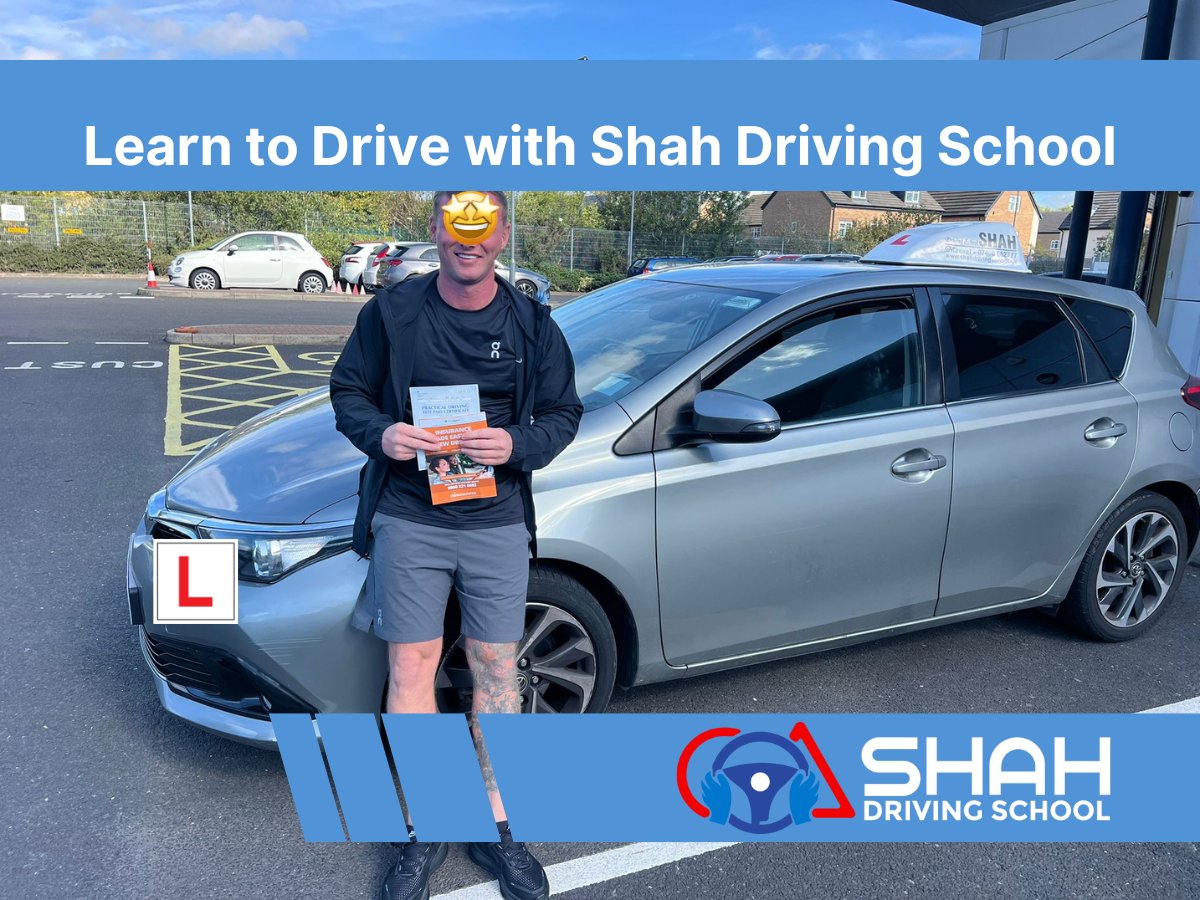
Ultimate Guide to Parallel Parking in Tight Spaces

Parallel parking is one of the most daunting tasks for drivers, especially in the UK, where narrow streets and limited parking spaces are common. Whether you’re a new driver or just looking to refine your skills, mastering parallel parking can save time, reduce stress, and help you avoid unnecessary fines.
Here’s your ultimate guide to achieving parallel parking perfection, even in the tightest spaces.
1. Choose the Right Spot
Before attempting to park, ensure the space is suitable for your vehicle:
- Look for a gap at least one and a half times the length of your car.
- Avoid spots near driveways or areas with restricted parking signs.
2. Use the Parallel Parking Formula
Follow these simple steps to park perfectly:
- Position Your Car: Align your car parallel to the one in front of the space, leaving about two feet of distance.
- Reverse Slowly: Begin reversing while turning the steering wheel towards the curb. Watch your mirrors and surroundings.
- Straighten Out: Once your car is at a 45-degree angle, straighten the wheel and continue reversing.
- Adjust and Finish: Turn the wheel the other way to align your car parallel to the curb. Make minor adjustments to centre your vehicle.
3. Use Reference Points
Incorporate visual markers to improve accuracy:
- When your rear bumper is aligned with the back of the car in front, start turning the wheel.
- Use side mirrors to judge the distance between your car and the curb.
4. Check Your Surroundings
- Always check for pedestrians, cyclists, and other vehicles before and during your manoeuvre.
- Use your indicators to signal your intentions to other road users.
5. Practice Clutch Control
For drivers using manual cars, clutch control is crucial for smooth parking:
- Use the clutch and brake to maintain a slow, steady pace.
- Avoid jerky movements to keep the manoeuvre precise and controlled.
6. Don’t Be Afraid to Start Over
If your attempt isn’t going as planned, don’t hesitate to pull out and try again. It’s better to reposition your car than to force it into a tight spot, risking damage or inconvenience to others.
7. Embrace Technology
Modern vehicles often come equipped with parking aids:
- Rearview Cameras: Provide a clear view of what’s behind you.
- Parking Sensors: Alert you to obstacles nearby.
- Automatic Parking Systems: Handle the manoeuvre for you in some vehicles.
8. Avoid Common Mistakes
- Hitting the Curb: Go slow and adjust your steering to avoid scraping or mounting the curb.
- Underestimating Space: If a spot looks too tight, it probably is. Move on to avoid unnecessary hassle.
- Blocking Traffic: Be mindful of other drivers and execute your parking quickly but carefully.
9. Practice Makes Perfect
The key to mastering parallel parking is regular practice. Find a quiet street or car park to hone your skills without pressure.
Final Thoughts
Parallel parking doesn’t have to be a source of stress. With the right techniques and plenty of practice, you can conquer even the tightest spaces with ease. Follow these pro tips, stay patient, and remember: every great driver started somewhere!
If you’re looking for professional guidance, Shah Driving School can help you master not only parallel parking but also other essential driving skills. With experienced instructors and a tailored approach to each learner, Shah Driving School ensure you gain the confidence and expertise needed to navigate roads like a pro.
Make parallel parking perfection your next driving milestone—your confidence (and your car) will thank you!



